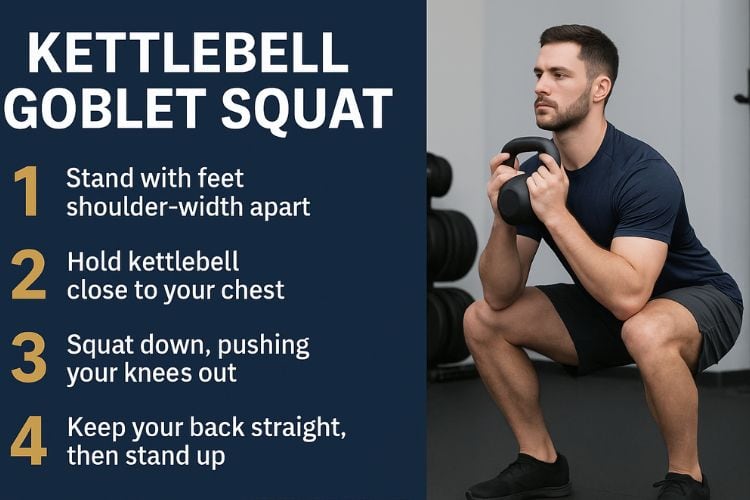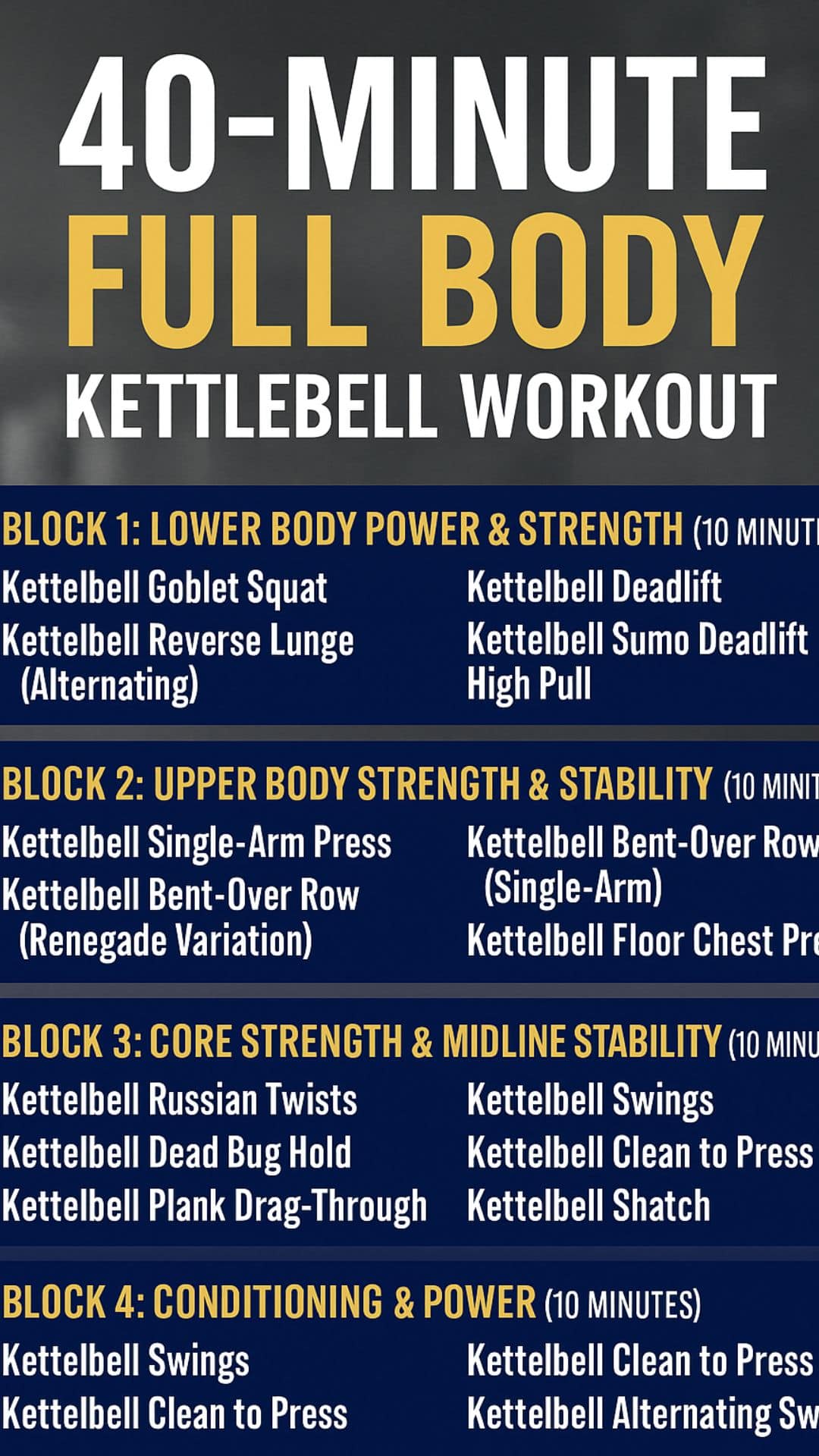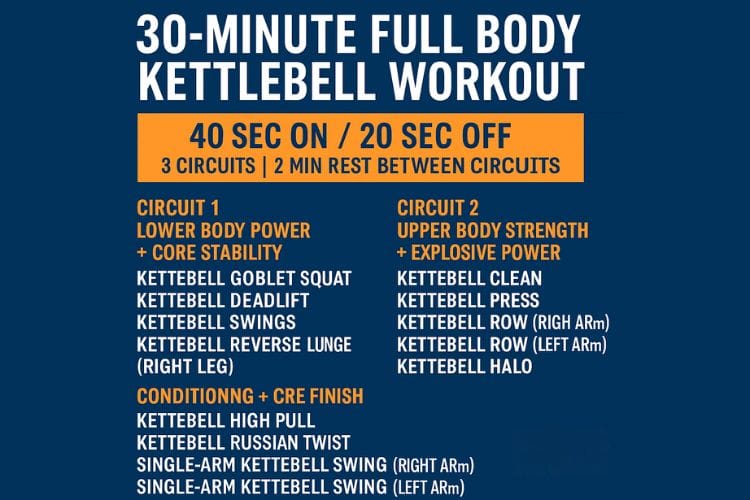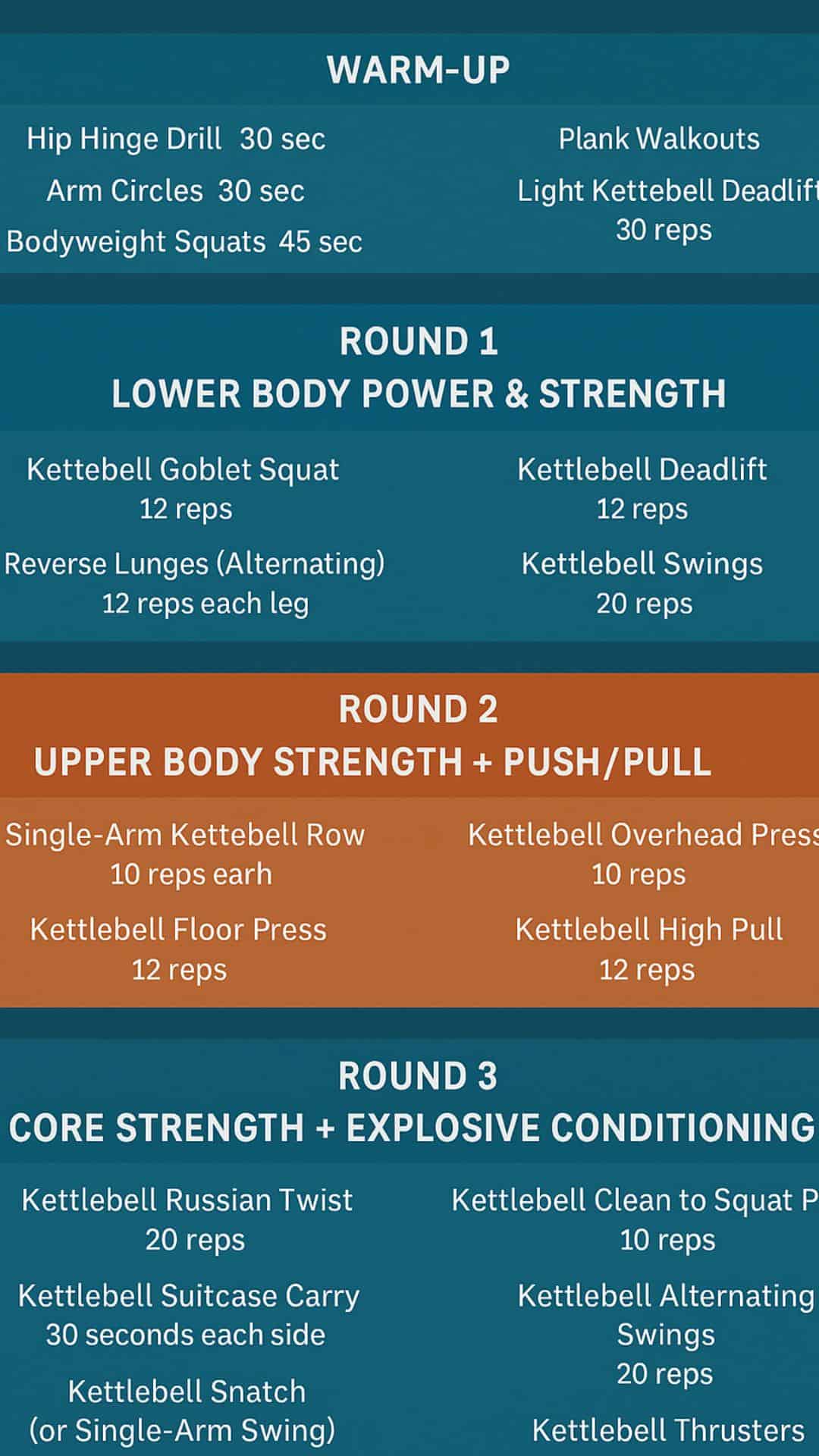
45 Minutes to Fit: A Full-Body Kettlebell Workout for All Levels

40-Minute Full-Body Kettlebell Workout (Build Muscle, Burn Fat)

30-Minute Kettlebell Workout for Total-Body Strength

25-Minute Full Body Kettlebell Workout for Strength & Fat Loss
How To Do A Drop Set Unleashing The Power of Muscle

Drop sets are a potent tool in the arsenal of those seeking muscle growth, endurance, and improved strength. They’re a method that involves performing an exercise until failure and then immediately decreasing the weight to continue for more repetitions. By pushing your muscles beyond their normal capacity, drop sets can produce significant results. In this article, we’ll dive deep into the art and science of drop sets.
How To Do A Drop Set Unleashing The Power of Muscle Fatigue
What is a Drop Set?
A drop set, also known as a strip set, involves performing a set of a particular exercise to the point of muscle failure (or close to it) and then immediately reducing the weight and continuing the exercise for more repetitions with the decreased weight. This process might be repeated several times, progressively decreasing the weight with each set.
Why Use Drop Sets?
Muscle Hypertrophy: By pushing the muscles past their normal limits, drop sets can promote muscle growth. They target both fast-twitch and slow-twitch muscle fibers, leading to enhanced hypertrophy.
Plateau Breaking: If you’ve hit a wall in your training progress, introducing techniques like DS can help in overcoming these plateaus.
Efficiency: They can shorten workout times. A few sets of drop sets can sometimes replace multiple regular sets.
Mental Toughness: Pushing through the burning sensation during DS can train your mind as much as your muscles.
How To Do A Drop Set
Select the Right Exercise: Not every exercise is suitable for drop sets. They work best with exercises that allow for easy and quick weight changes like dumbbell exercises, machine exercises, or exercises using weight plates.
Start with Your Regular Set: Begin by performing your regular set with the weight you would usually use. Lift until you reach muscle failure or close to it.
Reduce the Weight: Once you’ve reached failure, quickly reduce the weight. Aim for a reduction of 20-30%. For instance, if you’re lifting 100lbs, drop it to 70-80lbs.
Continue Lifting: Without resting, continue to perform the exercise with the reduced weight until you reach failure again.
Repeat (Optional): Depending on your fitness level and goals, you can repeat the process, further reducing the weight. Two to three drops are standard for most people, but advanced lifters might opt for more.
Rest: After completing your drop set(s), ensure you rest adequately before moving on to the next exercise to allow your muscles to recover.
Tips and Precautions
Safety First: Drop sets are intense. Ensure you’re using good form throughout. It’s easy to get sloppy when you’re tired, but this can lead to injuries.
Plan Ahead: Especially if you’re using machines or dumbbells in a busy gym. Ensure the equipment you need is available.
Not Too Often: Due to their intensity, it’s not recommended to do drop sets for every exercise in your routine or every time you train. This can quickly lead to overtraining.
Stay Hydrated: Intense workouts can deplete your body’s fluids. Ensure you’re drinking enough water before, during, and after your workout.
Post-Workout Nutrition: Your muscles will be significantly taxed after a DS session. Fuel them with proper post-workout nutrition including proteins and carbohydrates.
Variations
Running the Rack: This is a popular drop set method among those using dumbbells. You start with the heaviest weight and do as many reps as possible, then move to the next lighter set of dumbbells, and so on.
Machine Drop Sets: Machines are perfect for DS because changing weights is usually as simple as moving a pin.
Plate Stripping: For exercises like bench presses or squats, have a training partner quickly remove plates after each set.
The Science Behind Drop Sets
Understanding the science behind DS can be enlightening for any fitness enthusiast. When you engage in resistance training, your body primarily recruits type II, or fast-twitch, muscle fibers. These fibers generate short bursts of strength and speed. DS allow these muscle fibers to be targeted intensely, and as fatigue sets in and you reduce the weight, you’re providing an opportunity for even deeper muscle fiber engagement.
Historical Perspective
Drop sets aren’t a newfangled idea. They have roots dating back to the early 20th century. Bodybuilding pioneers, such as Arnold Schwarzenegger, often advocated for their use in routines to maximize muscle growth and shape. These early adopters understood the value of pushing muscles beyond their traditional limits to achieve heightened levels of hypertrophy.
Benefits Beyond Hypertrophy
While muscle growth is a significant benefit, it’s essential to highlight other advantages of incorporating drop sets:
Increased Endurance: As you progressively reduce weight and force your muscles to work longer, you also boost muscular endurance. This is especially beneficial for athletes who need a blend of strength and stamina.
Improved Metabolic Rate: High-intensity workouts, such as those involving drop sets, can lead to a temporary increase in metabolic rate, promoting fat burn.
Enhanced Muscle Definition: By working all available muscle fibers and shedding additional fat, DS can lead to more defined musculature.
Incorporating Drop Sets into Your Routine
To get the best results from DS, it’s crucial to incorporate them thoughtfully into your routine:
Focus on Major Muscle Groups: Drop sets work best for exercises targeting larger muscle groups, like chest, back, and legs. Examples include bench press, leg press, and lat pull-downs.
Limit Frequency: You might be tempted to use DS in every workout, but resist the urge. For most people, once or twice a week per muscle group is sufficient.
Monitor Recovery: Because of the added strain drop sets place on your muscles, recovery becomes even more crucial. Ensure you’re getting enough protein, rest, and possibly consider incorporating recovery techniques like foam rolling or massage.
Common Mistakes to Avoid
Drop sets, though beneficial, can be detrimental if done incorrectly:
Overuse: The most common mistake is over-relying on DS. This can lead to overtraining and potential injuries.
Poor Form: As fatigue sets in, maintaining form can become challenging. Always prioritize form over the number of reps.
Choosing the Wrong Exercises: While drop sets can be used with many exercises, they might not be suitable for all. For instance, exercises that don’t allow for easy weight reduction might not be the best fit.
Inadequate Weight Reduction: The objective is to continue working the muscle. Reducing the weight too little won’t offer much benefit, and reducing it too much might not provide enough resistance.
Advanced Drop Set Techniques
For those who have mastered the traditional DS method, consider trying advanced techniques:
Triple Drop Sets: Instead of dropping the weight once, you do it twice or even thrice within a single set. This is an extremely intense method and should be approached with caution.
Mechanical Drop Sets: Instead of reducing the weight, you change the exercise slightly to make it easier. For instance, moving from a wide grip pull-up (harder) to a standard pull-up, and then to a chin-up.
Isolation to Compound: Start with an isolation exercise and, when fatigued, switch to a compound movement. An example would be transitioning from bicep curls to pull-ups.
A Tool in Your Fitness Arsenal
Remember, drop sets are just one tool in a vast fitness toolbox. They offer unique benefits and can turbocharge your workouts, but they should be used judiciously. By understanding the science, history, and nuances of DS, you can integrate them into your routine effectively and safely, paving the way for impressive results. Whether you’re an athlete, bodybuilder, or fitness enthusiast, drop sets can provide the challenge and change you’ve been seeking in your workouts.
Most Recommended
Subscribe to our Newsletter
Stay up to date on the latest men’s health, fitness and lifestyle trends and tips.
About Us
Men’s Fit Club was started with the goal of empowering men to get the most out of their lives. This meant going beyond exercise and diet tips to really address the broad range of issues that men face on a daily basis – topics like recreation, finding love, sexual health and even sound fashion advice.
Quick Links
© COPYRIGHT MEN'S FIT CLUB 2025. All Rights Reserved

